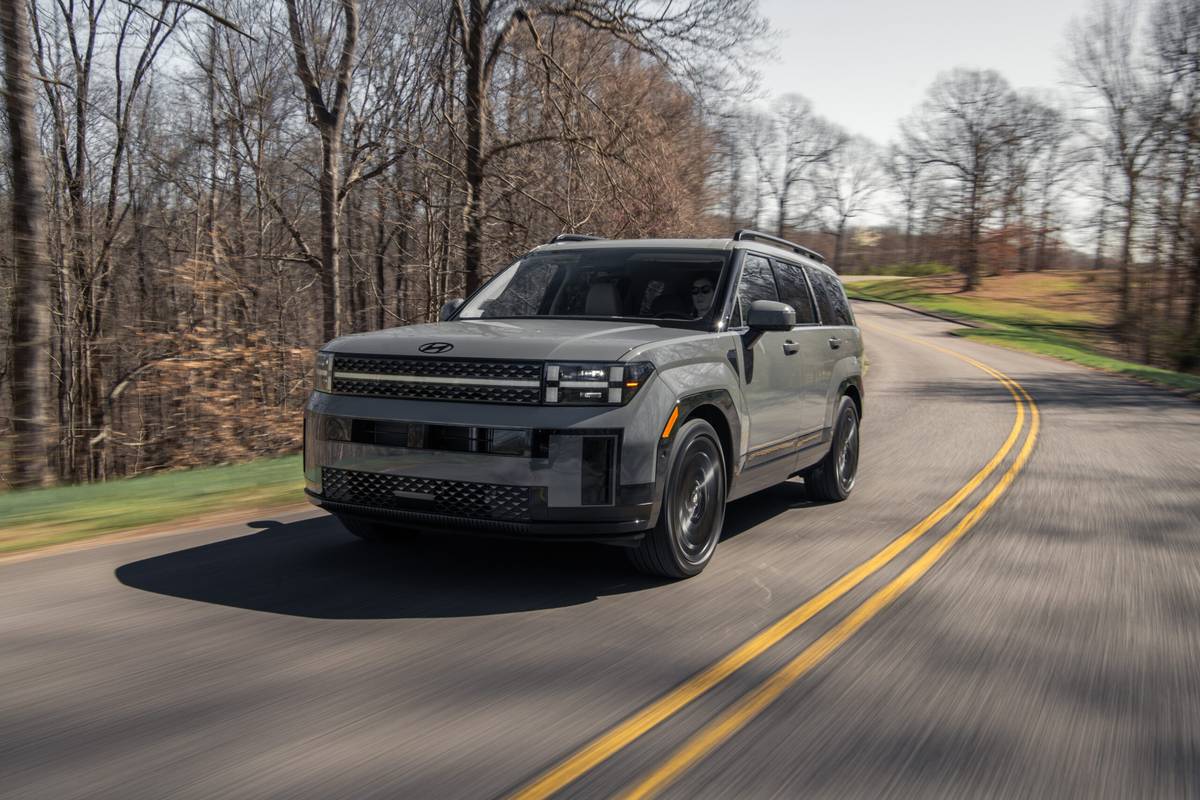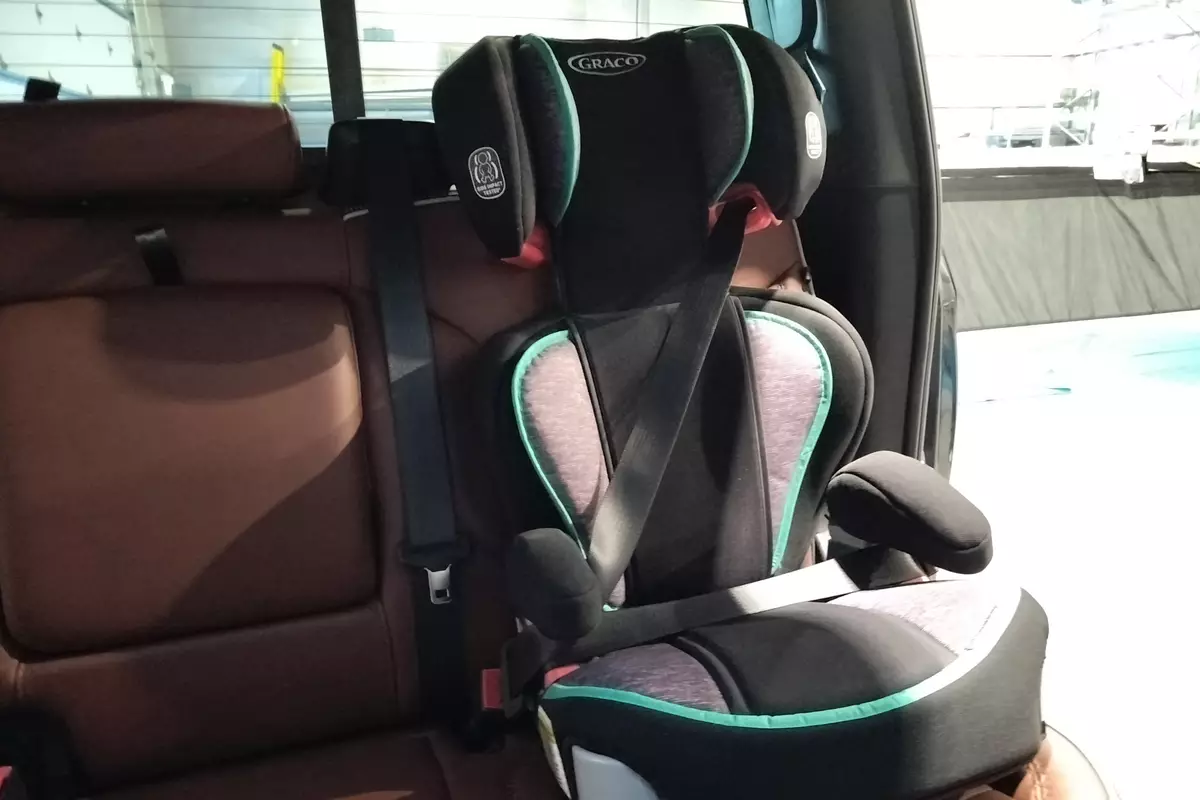Orlando Sentinel's view
For some people, a car is just an appliance, a device that takes them from Point A to Point B. They attach no emotion to and have no passion for their wheels, at least not much more than they do for their refrigerator or TV set. They just want to trust that when they turn the key, the engine will start and the car will see them to their destination.
Few economy cars do this better than the Honda Civic.
To me the Civic seems bland. But in our busy, fast-paced society, I can understand the kind of buyer who’d want a car like the Civic. Not everyone is an auto enthusiast. There are people who don’t get turned on by a chrome valve cover or by the torque rating of an engine. Some people just want to sit behind the wheel and put no more effort into their driving than keeping the car out of harm’s way.
Some of my friends and colleagues drive Civics and love the car for its simplicity. The Civic is such a good-natured car that it usually never asks anything of the owner other than its scheduled maintenance.
Although the current generation of the Civic is winding down — a new version is due for the 2000 model year — it still is one of America’s best-selling cars.
Performance, handling
The Civic LX sedan is outfitted with a 1.6-liter, four-cylinder engine that has four valves per cylinder. This engine is rated at 106-horsepower and is classified as a low-emissions engine. Those with a thirst for more power can opt for the Civic EX, which packs a 127-horsepower version of the 1.6.
For city slickers just looking for an adequate, economical car in which to commute, the LX’s power plant is just fine — especially when bolted to the five-speed manual gearbox. A standard transmission is still the most efficient way to send the power to the wheels, so spending another grand on a four-speed automatic will cost a bit of performance.
There is something special about Honda engines. From the automaker’s one-cylinder lawnmowers to its six-cylinder Gold Wing motorcycles, Honda designs engines like no other. Turning the key and hearing the internal workings conveys a level of trust to me that I have not been able to feel about any other brand of car aside from Toyota.
Indeed, our test Civic ran wonderfully for the entire week and 275-mile test drive. It never once misbehaved in any way. The engine runs reasonably smoothly and fairly quietly. Power comes on steady at all speeds. I wouldn’t call the Civic fast, but it can be reasonably quick when you need a burst of power.
The five-speed gearbox is excellent. The shifter and clutch require light effort to use, so the car is not tiresome to drive in heavy traffic. The four-wheel independent double wishbone suspension system makes for a smooth and quiet ride. When rolling over a bumpy brick road, you can hear little more than the ti res on the pavement. Small bumps are muffled, and the car stays steady and easy to control.
The Civic LX comes with power-assisted, front disc/rear drum brakes that stop the car quickly. Anti-lock brakes cost extra. Power steering is standard.
I can find no shortcomings in the Civic’s engineering, design or performance. It does everything well and feels very balanced and refined.
Fit and finish
There is nothing especially stylish about the Civic’s interior. Rather, it comes across as sensibly designed, well-made and easy to operate. Once you get accustomed to the Civic’s dimensions, driving the car becomes little more than a reflex action that requires little thought.
All the buttons and knobs are where you expect them to be; everything is easy to use. Three round knobs control the air conditioner. The light switch is on the steering column, and the buttons for the cruise control and electrically adjustable mirror are on the left side of the dash.
Unlike many other small cars, the Civic’s dash is heavily padded with thick foam rubber under vinyl. I have seen many economy cars with just hard plastic dashes, and I’ve wondered what kind of injuries might result in an accident.
I took several long trips in my week with the Civic and found that the seats are comfortable. A friend said she didn’t care for the design of the cloth upholstery.
For a small car, the Civic offers respectable accommodations for rear seat passengers. Average sized adults can ride in the back in relative comfort. Their knees won’t be drawn up to their chins, as is the case with some small cars. Also, the Civic’s trunk is roomy and easy to load and unload.
I do have a few minor gripes: The switches for the electric windows are not lighted and therefore are difficult to find at night. Also, though the air conditioner fan blew plenty of air through the vents, the temperature wasn’t cold enough at times. It took an intolerable amount of time for it to cool the interior after the car had been sitting in the sun for a while. But it worked well when moving at speeds of 35 mph or so.
It may not be exciting to drive or a beauty to look at, but the Civic has become one of the top-selling cars because it works well and — with little maintenance — gives years of trouble-free service. For many drivers, that’s good enough.
1999 Honda Civic LX
Base price: $14,830. Safety: Driver and passenger air bags and side-impact protection. Price as tested: $15,245. EPA rating: 32 mpg city/37 mpg highway. Incentives: None.
Latest news



